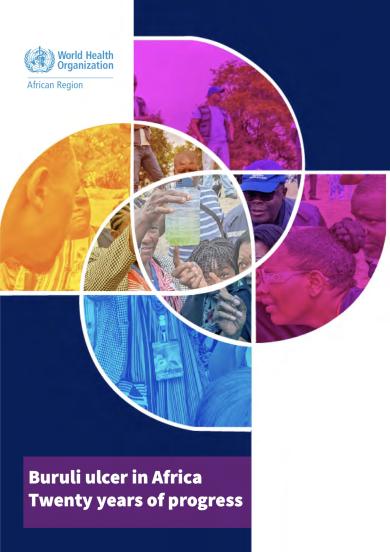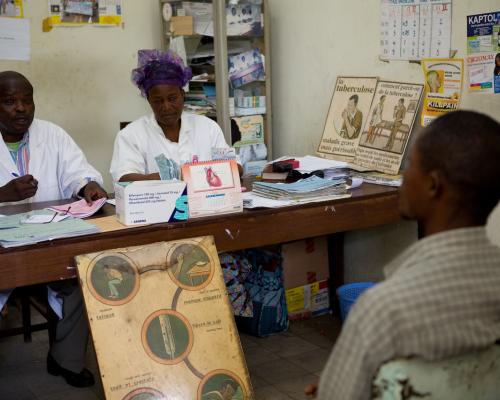
Buruli ulcer in Africa: 20 years of progress
Buruli ulcer (BU), a neglected tropical disease caused by Mycobacterium ulcerans (M. ulcerans), significantly impacts rural communities in tropical and subtropical regions, particularly in Africa. Characterized by debilitating skin lesions and a high socioeconomic burden, the disease remains a public health challenge due to its unclear transmission pathways and limited measures available for prevention.
Buruli ulcer cases have been reported in 33 countries, with over 80% of global cases occurring in the African Region. Between 2004 and 2023, reported cases in Africa decreased by more than 70%, from 5871 to 1573. However, the COVID-19 pandemic disrupted health services, temporarily reducing case reporting, so these figures should be interpreted with caution.
Early diagnosis and effective antibiotic treatment are crucial for minimizing morbidity and preventing long-term disabilities. Recommended treatment includes an eight-week course of antibiotics, typically rifampicin and clarithromycin. Surgery may be necessary for severe cases. Efforts to shorten treatment duration through clinical trials are ongoing in several African countries.
Significant progress has been made in controlling Buruli ulcer, driven by the Global Buruli Ulcer Initiative (GBUI), updated WHO guidelines and the establishment of the Buruli Ulcer Laboratory Network for Africa (BU-LABNET). These initiatives have improved diagnostic accuracy, case detection and treatment outcomes. Persistent challenges include the unclear mode of transmission, lack of rapid diagnostic tests and insufficient funding for interventions. Late detection remains a significant issue, exacerbated by weak surveillance systems, social stigma and economic barriers.
Future efforts to effectively control Buruli ulcers should prioritize strengthening integrated surveillance systems for skin neglected tropical diseases (NTDs), developing rapid diagnostic tests for use at the primary health care level, monitoring potential antibiotic resistance and improving community- integrated awareness and access to health care services. Limited funding for Buruli ulcer control underscores the need for stronger advocacy to secure sustained and dedicated financial support for comprehensive control efforts.
In summary, while notable progress has been achieved, long-term success in controlling Buruli ulcer requires ongoing commitment, strategic investment and focused funding to meet global health objectives.


